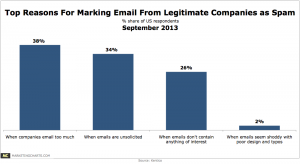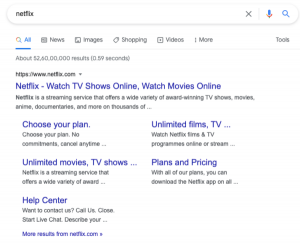In a changing workforce dominated by digital transformation, an employee’s ability to learn and continue to develop professionally is crucial to their loyalty to a company or organization. Effective job training and professional development are not only prerequisites for long-term advancement, but they’re also highly valuable for an employee’s sense of personal fulfillment. The trouble is that most organizations rely on stale and outdated training tactics and then are left wondering why employees aren’t as productive as they could be.
But there is a critical difference between compliance and absorption when it comes to employee training and learning practices. New survey data on the American workplace suggests that many employees are disappointed by their companies’ onboarding and training efforts, and they’re not actually retaining the information they’re required to learn to perform job functions.
What does this mean for business?
The majority of employees (65%) feel their company could have done a better job of onboarding them. In fact, nearly three out of four employees (74%) have forgotten some or all of the last mandatory training they completed and more than half of respondents (57%) only completed the company trainings because they were required.
This means that training leaders are investing significant time, energy and resources in technologies and tools that simply aren’t working anymore. To truly educate employees and successfully onboard new team members, employers must reimagine the traditional training methods of (November 14, 2016). And with disengaged employees costing U.S. businesses upwards of $ 550 billion in lost productivity annually, companies can’t afford not to pay attention.
The other concern with employees’ lack of absorption when it comes to onboarding and training is the fact that institutional knowledge is walking out the door as younger generations enter the workforce and older employees turn in their keys for retirement. A company might be using the same training materials to onboard younger talent, but those materials haven’t been updated by the tenured employees who have executed the work for years.
Without procedures in place to continuously update training materials based on key learnings and knowledge from those executing tasks in a certain role, the management team has few options to ensure new talent is trained properly and set up for success.
What companies can do about it
Today’s employees are internal brand consumers and must be engaged with the same amount of time, attention, and resources that we devote to our marketing efforts and customer engagement strategies. The key is always to build brand advocates, both internally and externally.
If you take the time to listen to your employees, you’ll find they want something new. In fact, 73 percent of the employees who responded to Rapt Media’s survey said they have suggestions for their internal communications: one in four want more entertaining features like games and humor, and another one in four want more personalized training content that is actually interesting and relevant to them.
Successful, innovative training programs have the capacity to build highly engaged and high-performing company cultures through continuous feedback, ongoing employee development, and emotional connectivity through personalization and choice. According to Training Magazine’s 2015 industry report, many managers are already adopting new formats and methods of training to both improve employee satisfaction and increase effectiveness. Companies can be more effective in boosting information retention and providing professional development opportunities to foster internal brand loyalty by allowing employees to choose their preferred way of learning.
Here are a few ways to foster internal brand loyalty through better content, innovation and real connection:
- Test new techniques. Train a pilot group using dynamic visual content, games, interactivity, and humor, instead of your standard Learning Management System (LMS) training—and solicit employee feedback.
- Accommodate learning styles. Adapt your most important mandatory trainings to fit multiple learning styles and allow employees to choose. The vast majority of employees (82%) learn better from visual content like video than from static content like PDFs and other documents.
- Evaluate onboarding. Interview new, longstanding, and former employees about your onboarding processes and implement improvements based on feedback.
To reach and engage employees through internal communications and training, content must be updated and interesting to the most important brand loyalists: your employees. Impersonal email updates, old-fashioned newsletters, and compulsory LMS exercises are no longer effective because they’re not interesting or user-controlled.
Company content must be compelling enough to win employee mindshare in an increasingly noisy and distracting landscape. This landscape includes not only the critical messages from your organization and solicitations from your competitors but also the world of external digital and social content constantly accessible to your employees.
Business & Finance Articles on Business 2 Community(91)
Report Post





